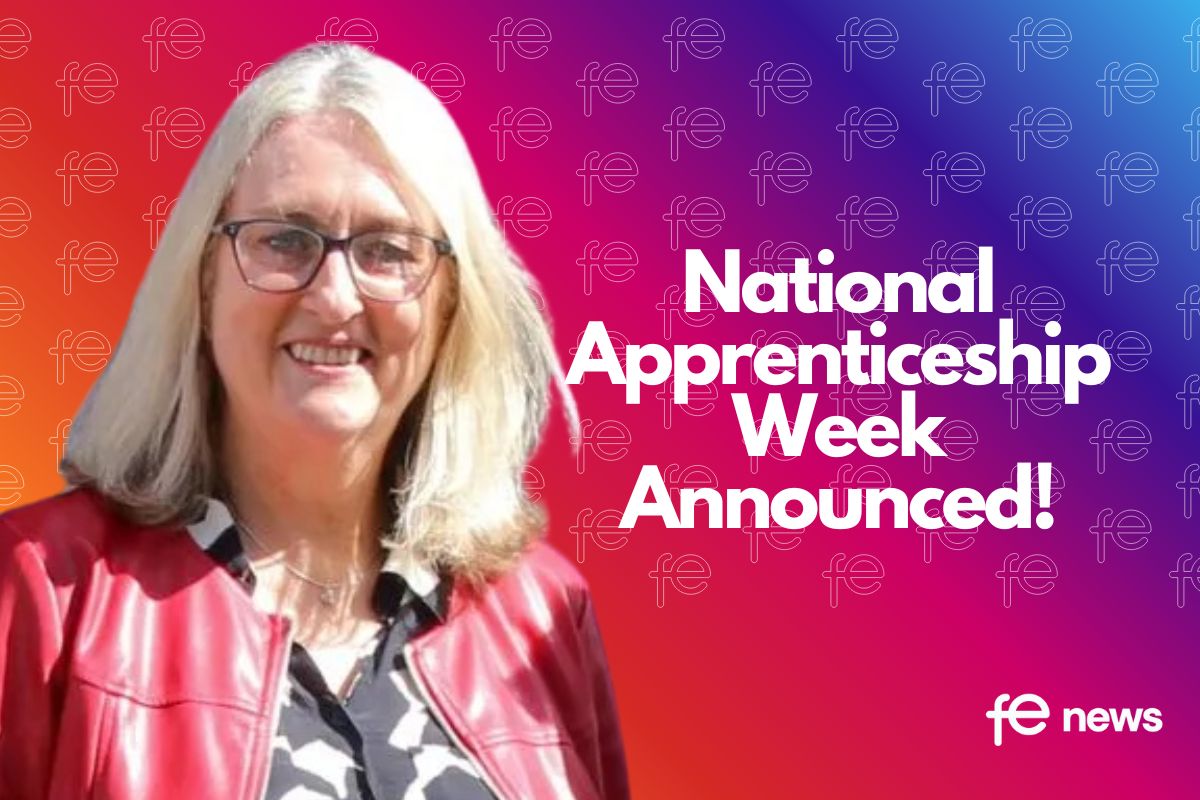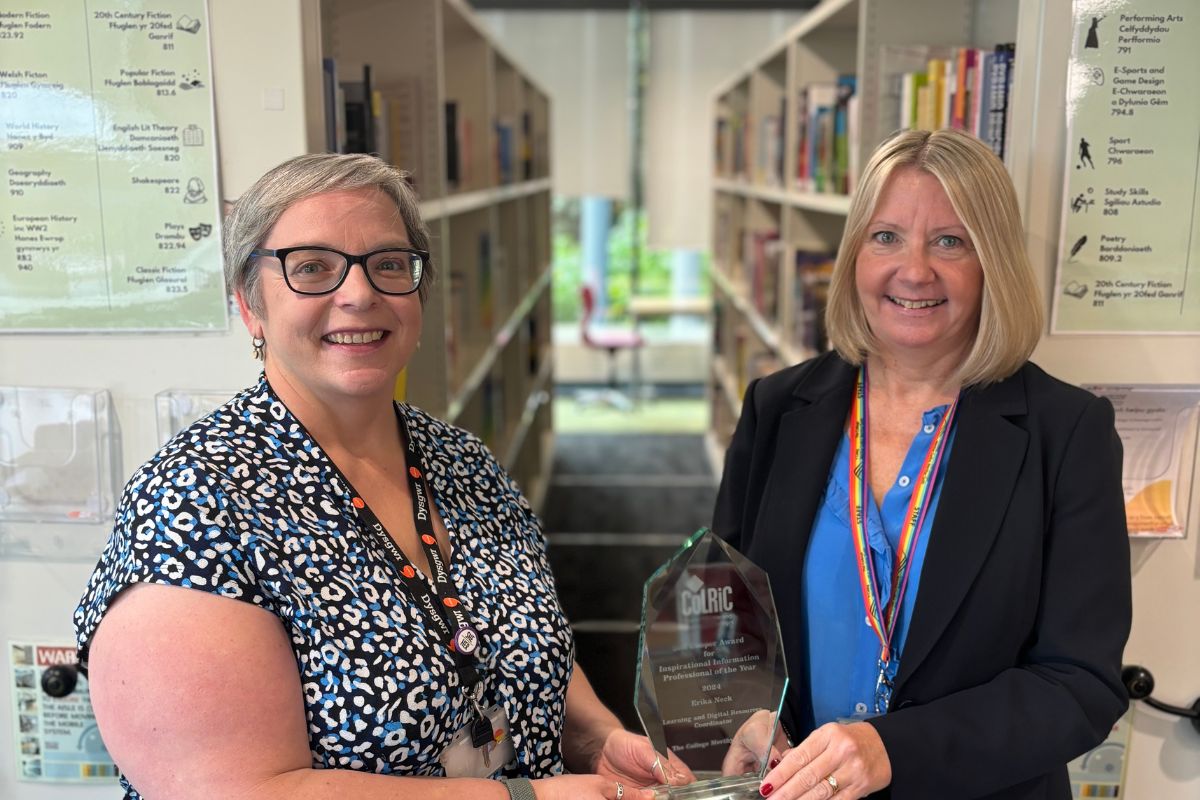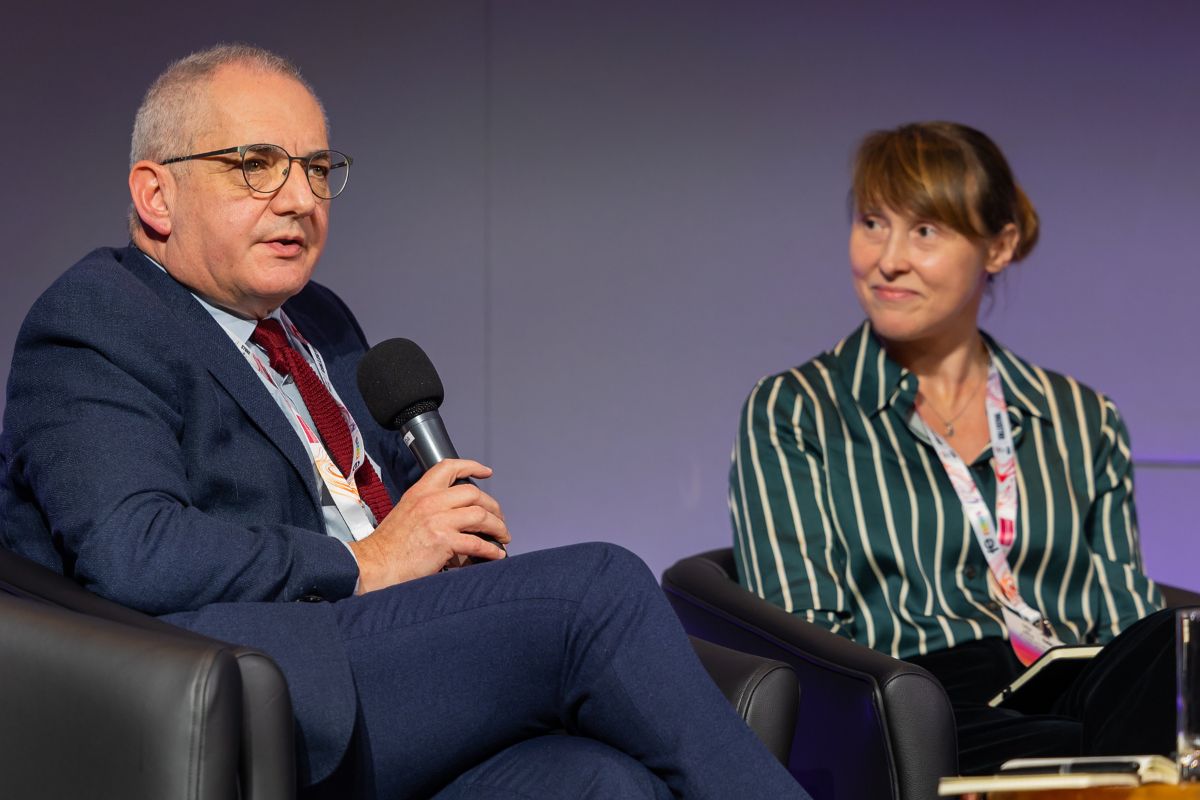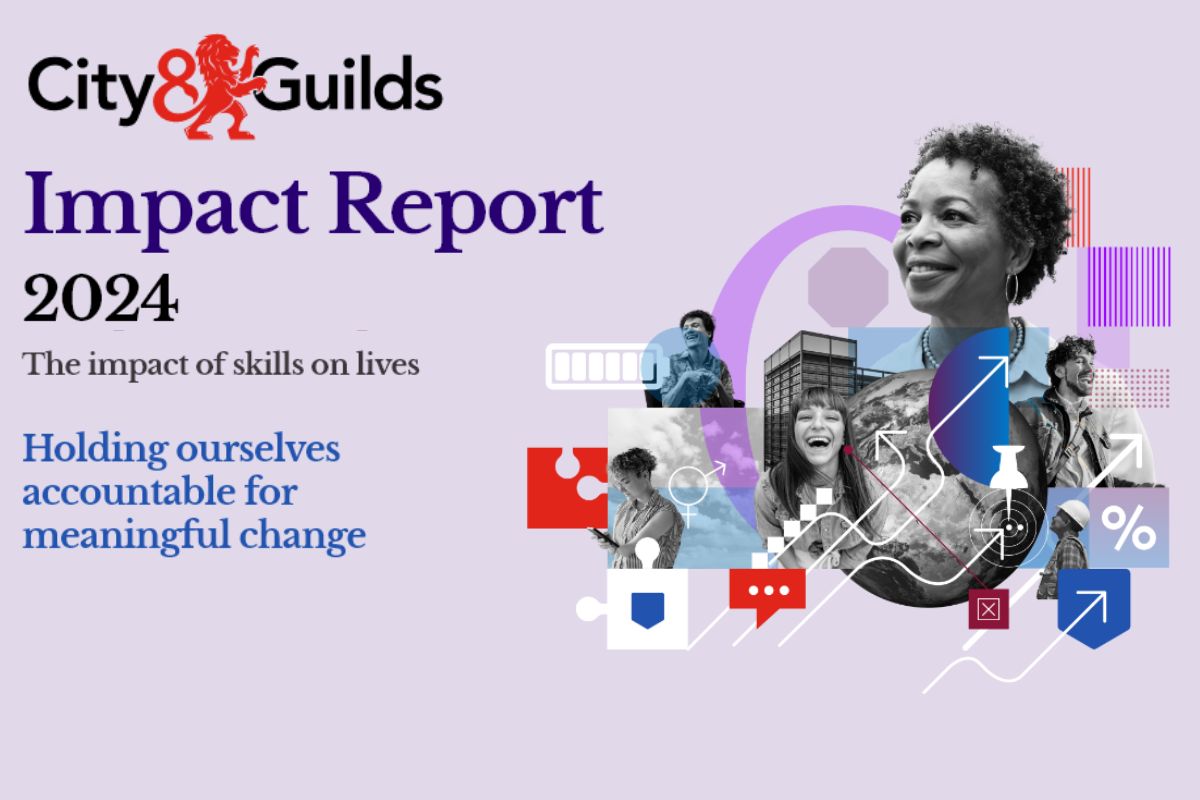Do more with less, low-cost PR tips for the FE sector

The Chancellor hasn’t done the FE Sector many favours this Budget round, and FE marketing budgets are unlikely to be increasing much, if at all. It might be time to review what you have in your marketing armoury.
Public Relations (PR) is an incredibly important tool for the further education sector.
PR allows colleges and training providers to create brand awareness, establish credibility, and attract potential students (and staff). However, with increasingly limited resources including lack of specialist staff, constrained marketing budgets and a challenging ‘news’ cycle, it can be difficult to implement a successful PR strategy.
In this article, Ruth Sparkes shares 12 low-cost PR tips for the FE sector.
- Define your goals Start by defining your PR goals. What do you want to achieve through PR? Is it to support marketing to increase student enrolment, improve your organisation’s reputation, or promote your offer? Once you have clearly defined your goals, you can start planning your PR strategy.
- Create a target audience profile: Who is your target audience? Identify your audience’s demographics, interests, and preferences. This will help you create more targeted and relevant PR messages that resonate with your audience.
- Focus on your unique selling proposition (USP): You’ve probably already got this clearly defined, but if not: What sets your college or training provider apart from the competition? Identify your unique selling proposition and make it a central part of your PR strategy. This will help differentiate your organisation from the competition.
- Build relationships with journalists: Journalists are always looking for interesting stories to cover. Provide them with useful and relevant information about your organisation. And your ‘hidden experts’. These are staff members who know a lot about something very niche (history, English, maths, motor vehicle, cyber security…). Staff can really help your media relations efforts—they can provide relevant information to a journalist writing local, regional, or national pieces. If you’re providing photography to media, make sure your images are top-notch.
- Leverage social media: It probably doesn’t need to be said, but social media is a powerful tool for PR. Use social media platforms to engage with your audience, share news and updates, ask questions, run polls etc… Remember 1M views on TikTok of your Chief Exec doing the latest dance craze isn’t necessarily… helpful.
- Create compelling content: Create compelling content that provides value to your audience. This can include blog posts, infographics, videos, and other types of content that are relevant and interesting to your target audience.
- Monitor your online reputation: Monitor your online reputation regularly. This includes monitoring social media channels, review sites, and other online platforms where your organisation may be mentioned. Address negative comments or reviews promptly and professionally, if appropriate.
- Host events: Hosting events can help you build relationships with potential students, alumni, and other stakeholders. Obviously, you’re already running events like open days, webinars, business breakfasts, careers days etc. But what about other events such as evening lectures open to the public, these could be guest speakers from the commercial world, universities, or government.
- Leverage email marketing: Email marketing is a cost-effective way to reach out to potential students and other stakeholders. Use email marketing to send regular newsletters, updates, and other communications that provide value to your audience.
- Engage with influencers: Identify influencers useful to your strategy or campaign and engage with them on social media. This can help you reach a wider audience and build credibility and trust with your target audience.
- Collaborate with other organisations: Collaborate with other organisations in your industry. This can include other colleges, training providers, and industry associations, but have you thought about Awarding Organisations, universities, and commercial organisations? Collaborating can help you leverage each other’s strengths and resources to achieve common goals.
- Measure and evaluate your PR efforts: Measure and evaluate your PR efforts regularly. This will help you identify what’s working and what’s not and allow you to quickly make changes to your PR strategy.
Good luck! Implementing a successful PR strategy on limited resources can be challenging, but it’s not impossible.
By Ruth Sparkes, Managing Director at FE marketing and PR specialists: EMPRA











Responses